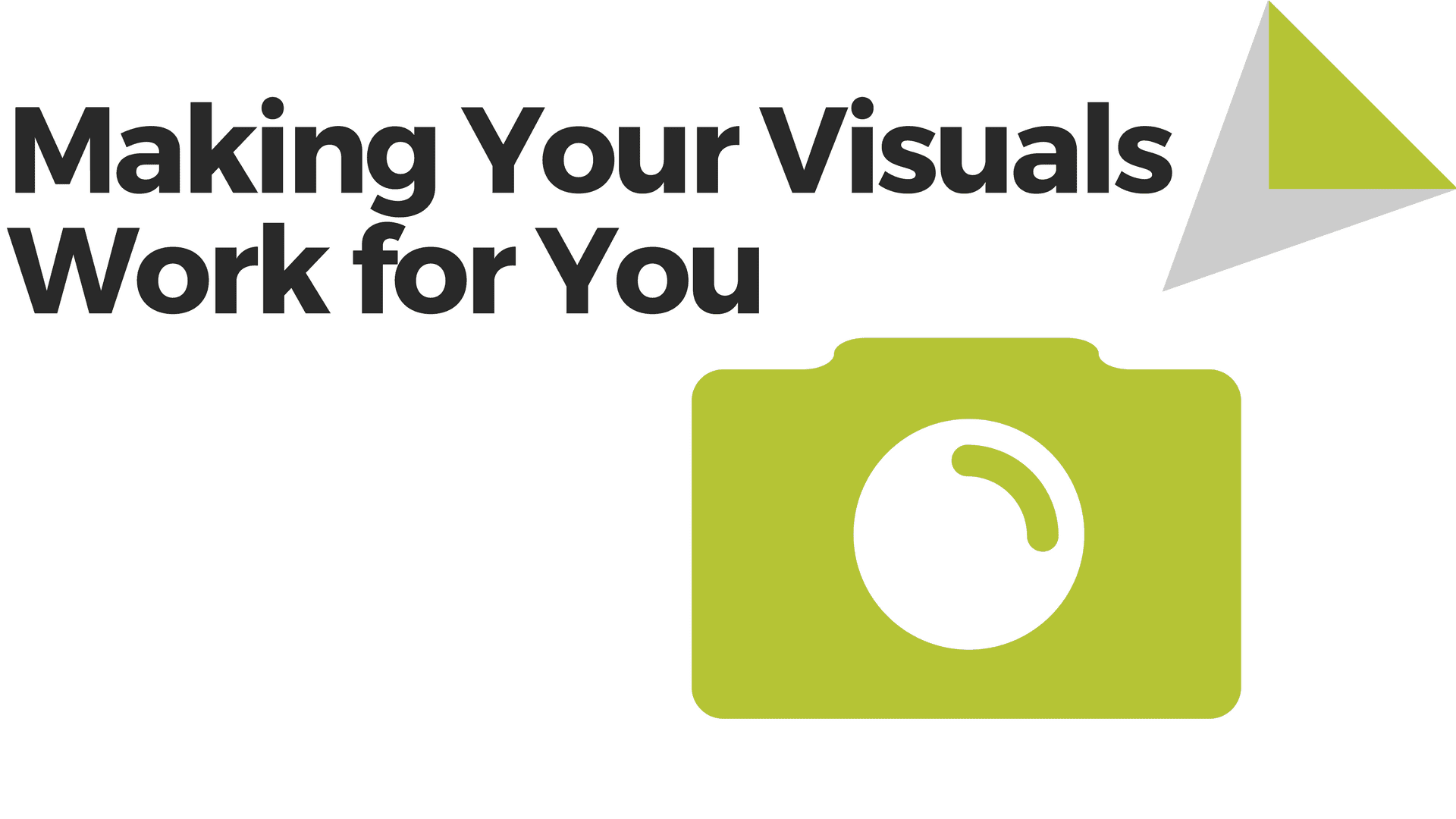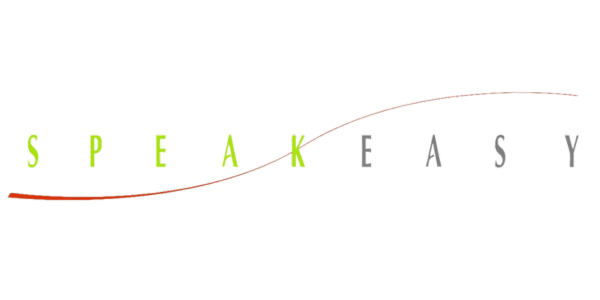
14 Jul Making Your Visuals Work for You
Reading Time: 2 minutesVisual imagery was a part of story-telling long before any of us were born. And it continues today. From drawing your favorite shape in kindergarten to delivering a critical PowerPoint presentation to a board of executives. We’re either amazed at how well our visuals help our audiences connect with our concepts or… we’re pulling our hair out trying to get them to work. Regardless of the situation, there are some truths you should consider when trying to plan visuals that work.
HOW DID WE GET HERE? Most of us know we’re walking around with too many visuals and too much information on each slide. Yet it’s rare to hear or have the venue to offer feedback on the topic. So we continue to sit through many presentations from others that confirm what we know – death-by-PowerPoint is real. Why? How did we get here?
THE SCRIPT AND THE SHIELD: Some time ago we learned that it was easier to work on our visuals than it was to work on ourselves. Hiding behind your visuals – making yourself the secondary communication tool in the room – does nothing to build connection with your listeners. If all you’re going to do is turn around and read your speaker’s notes from the screen; save yourself the time and effort and send them the file. If you have your listeners live – in a room with you – you have an opportunity, if not an obligation, to drop the shield, and handle the script another way. Use your visuals to support rather than “be” the presentation you hope to deliver.
“60% of listeners can remember visually enhanced content, compared with only 10% remembering exclusively verbal presentations”1
CONTENT FIRST: Your “deck” is not your content. It’s actually much more of a “how” than a “what” you want to communicate. Don’t start your preparation by working on your slides. Start with strategic thought about what will motivate your listeners to do what you want them to do… and craft a communication that clearly and concisely expresses that thought. Commit to communicating that content – whether you do it verbally or visually. Then – only then – begin thinking about how a visual at any particular point might make that point better than you can alone.
In the end, be clear about what you’re trying to achieve, who you’re talking to, and what you can communicate that would connect with them. Your support visuals are only there to help you convey a clear and effective message. Be confident, prepare well, and allow your visuals to work for you!
Speakeasy is dedicated to individuals and their potential. Learn more about Speakeasy and the programs we offer at Speakeasyinc.com
Follow us on Twitter, Facebook, Instagram and LinkedIn
- M. Zanna (Ed.), Advances in experimental social psychology (pp. 389-450). San Diego, CA: Academic Press.

